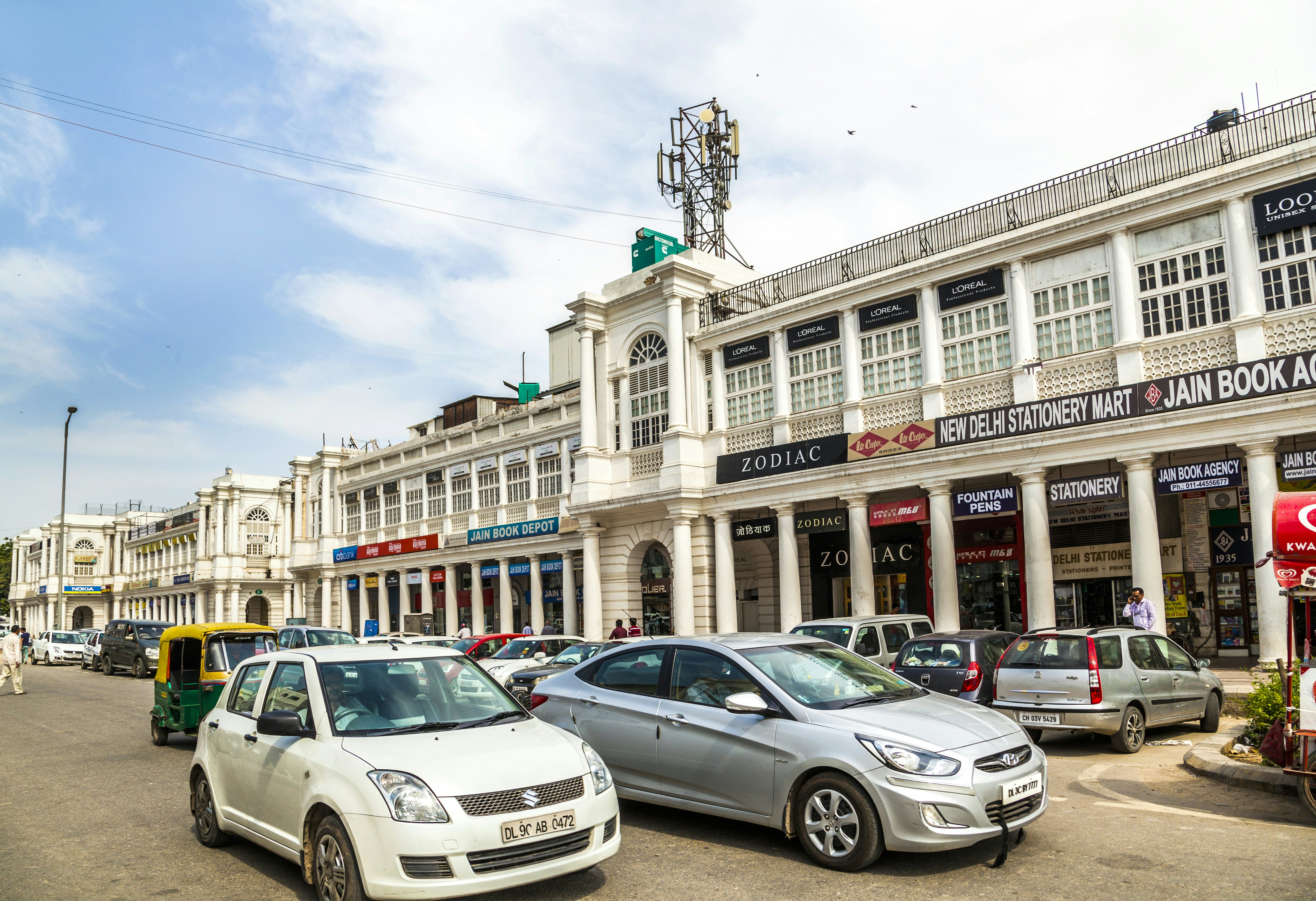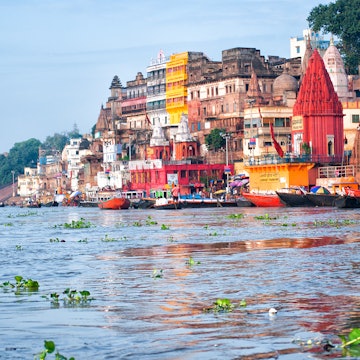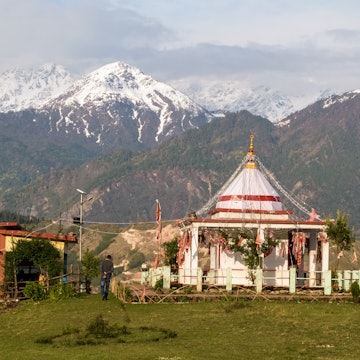

Tackle the mega-city of Delhi with confidence using this essential guide to the Delhi metro, autorickshaws, rideshares and more.
Delhi is a mega city, home to 33 million people, with all the sprawl, congestion and transport madness that implies. While the old city – where many of the major historical sights are located – is best tackled on foot, you’ll need to get familiar with Delhi’s efficient metro, as well as using rideshares, cars and autorickshaws, if you want to see all that the city has to offer.

Dive into the maze of the old city on foot
Old Delhi’s sights are nicely concentrated and best visited on foot; it’s fascinating to wander the bustling lanes in any case. If you’re worried about getting lost (which is a valid worry!), there are lots of guided walking tours on offer, including options that provide employment to former street kids, such as those run by Street Connections.

Make use of the Delhi’s metro
Once you get beyond the historic quarter of old Shahjahanabad, walking is not really an option. However Delhi’s massive metro is fast and efficient, with information in Hindi and English. The first carriage is reserved for women only – look out for the pink sign on the platform.
Some metro stations are large and crowded, but if you have to change line, look for the colored footprints on the ground that match the line you need, then just follow them to the correct platform.
Tip for taking the metro: Buy a Smart Card rather than a Tourist Card. These are generally better value and, unlike Tourist Cards, Smart Cards can be used on the Airport Express.
Avoid the haggle hassle with a rideshare
There was a time when one of the most fraught aspects of travel in Delhi was the constant need to haggle with autorickshaw drivers for a ride. Thankfully, in recent years rideshare apps have revolutionized transport in India’s major cities.
You can use Uber and Ola for both autorickshaws and cars. These offer cheaper rates and eliminate the need to haggle, keep small notes to pay drivers and explain where you’re going.
However, there are a couple of catches. The first is that you need an Indian SIM card to use rideshares. There’s a bit of paperwork involved in getting a SIM and it’s easiest to do this at the airport before you leave the arrivals hall. If you need to get a SIM card in the city, you’re best advised to organize it through your hotel as you need a local contact to verify your application.
The second catch is that sometimes the driver will call to check the pickup location, which can be tricky if you don't speak Hindi.

Buzz around the city in an autorickshaw
Similar to tuk-tuks in Southeast Asia, autorickshaws are three-wheeled motorised vehicles with a tin or canvas roof and sides, usually with room for two passengers (although you’ll often see many more squeezed in) and limited luggage. They are also referred to as autos, scooters and riks.
Autorickshaws are typically around half the price of a taxi. They usually have a meter, but they never use them. Be sure to agree on a price before getting in, unless you’re using a rideshare app. Travelling by auto is great fun, but – thanks to the open windows – it can be noisy (and chilly in winter).
Delhi’s ever-expanding fleet of golf-cart-lookalike e-rickshaws (electric rickshaws) offer a more environmentally friendly alternative to autorickshaws and taxis. Many of them are shared vehicles, plying fixed routes for very cheap individual fares, but many can also be hired privately. Fares should be roughly the same as autorickshaws.
Tip for taking autorickshaws: If you don’t have a rideshare app, you’ll be paying cash for your ride. Make sure you have notes in small denominations as drivers rarely provide change.
Arrive in style by taxi
Taxis offer the most comfortable ride, but typically charge twice the autorickshaw fare. Like autos you’ll need to agree on a price before setting out unless you’re using a rideshare app.
Delhi Traffic Police operate prepaid taxi booths at the airport, New Delhi, Hazrat Nizamuddin and Old Delhi railway stations, and major bus stations. A number of women-driven taxi services operate in Delhi, try Sakha Consulting Wings.

Opt for pedal power
A cycle-rickshaw is a pedal cycle with a seat in the back for two passengers. Most have a canopy that can be raised in wet weather or blazing sunshine but lowered to provide extra space for luggage. Again, agree to your fare in advance – these are cheaper than an auto, but keep in mind when haggling that it’s much harder work for the rickshaw-wallah.
Power your own pedals
While independent cycling is not recommended in Delhi, a bicycle tour is a great way to see the city. DelhiByCycle, founded by a Dutch journalist, offers a thrilling way to explore Delhi. Tours focus on specific neighborhoods – Old Delhi, New Delhi, Nizamuddin, and the banks of the Yamuna – and start early to miss the worst of the traffic.

Range far and wide with a car and driver
The further south you head in Delhi, the more spread out the city becomes. If you want to see places like UNESCO-listed Qutab Minar or Tughlaqabad, hiring a car and driver is a great option.
You can negotiate with taxi drivers, but it’s a good idea to ask your hotel to recommend a driver – this achieves a good level of security and reliability and often a better rate. Expect to pay ₹10 to ₹13 per kilometre.
Buses & local transport
Most travellers don’t bother trying to decode the complex web of buses, vikrams and tempos (both large three-wheelers) that thread through the metropolis on set routes.
Accessible transportation in Delhi
Most of Delhi's Metro stations have lifts, step-free access to platforms and wheelchair seating. Some stations have an induction loop system to assist hearing.
For places off the metro line, you’re best off hiring a taxi. Ezy Mov operates wheelchair-accessible taxi services operating in Delhi. There are limited cars, so book as far in advance as possible.
















